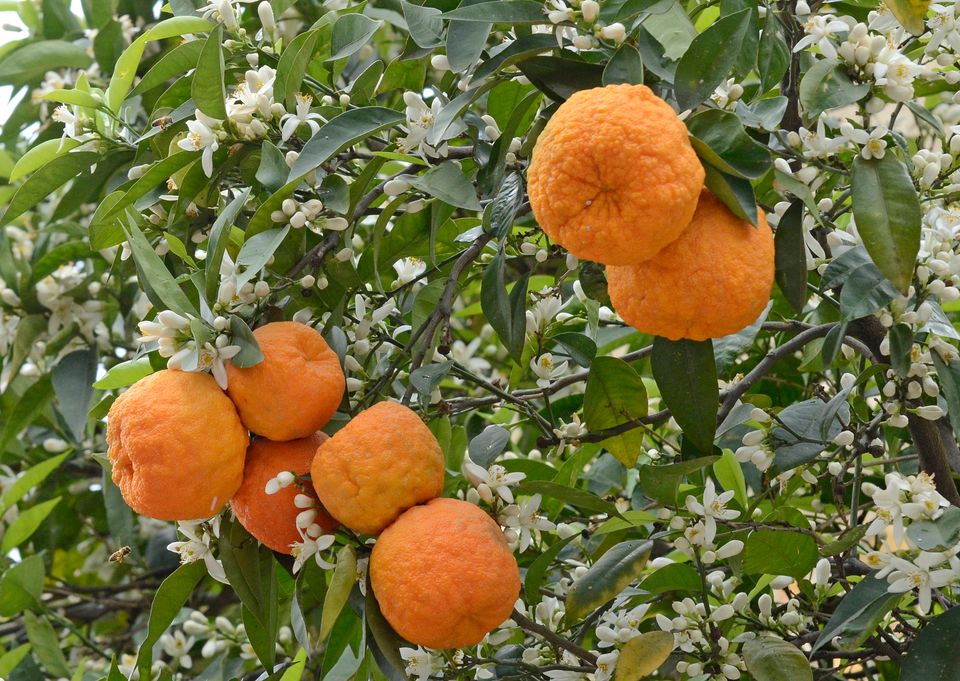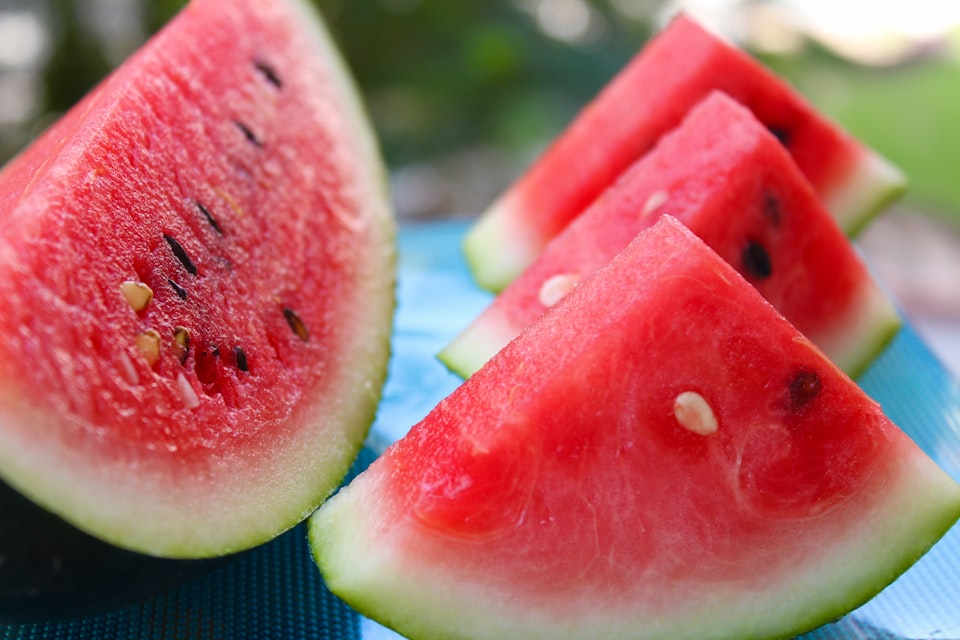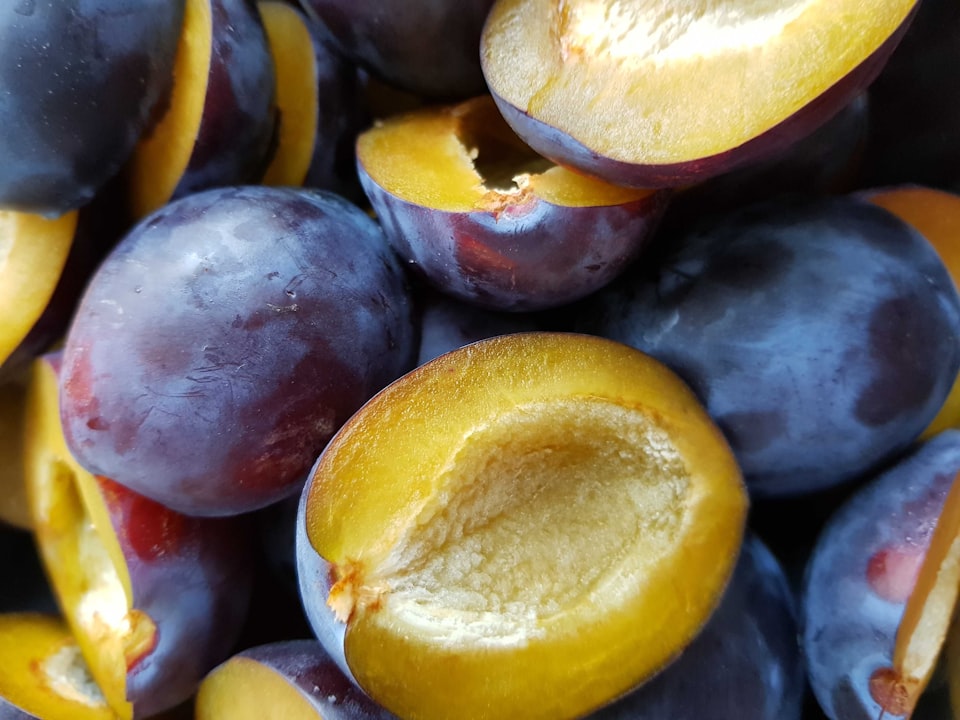III: Pear
Forget messages and ships, here's a pear in a bottle.

Good morning. Today is tridi, the 3rd of Brumaire, Year CCXXXI. We celebrate la poire, a tree that makes high-quality clarinets but okay we'll talk about the fruit.
We have monasteries to thank for so many of our alcoholic traditions being refined and codified and industrialized. Monks just knew how to assemble a distillery. But one beverage that actually appears to have originated within medieval monastery walls (as opposed to being just perfected there) is the eau-de-vie – also known as akavit or aqua vitae. Probably a creature of necessity, monks would take any overripe fruits and berries they had grown and not managed to consume in time and distill them into a liquor, hoping to find a healthy elixir. In the process, they created a 45% ABV clear beverage that you have to swallow quickly if you want to taste it at all, but that carries through the pure taste of whatever fruit made it.
What I cannot discover, no matter how hard I search, is whose brilliant idea it was to do this with a pear stuck in the bottle.



